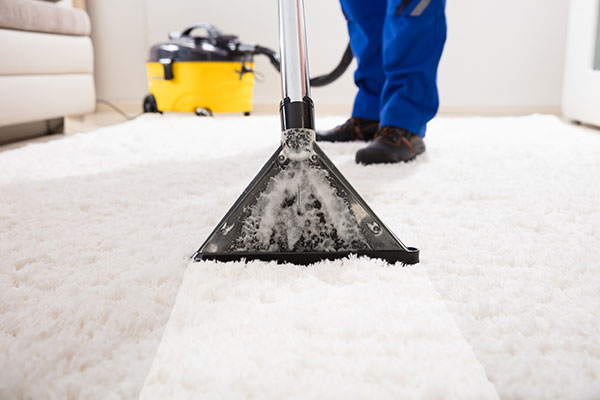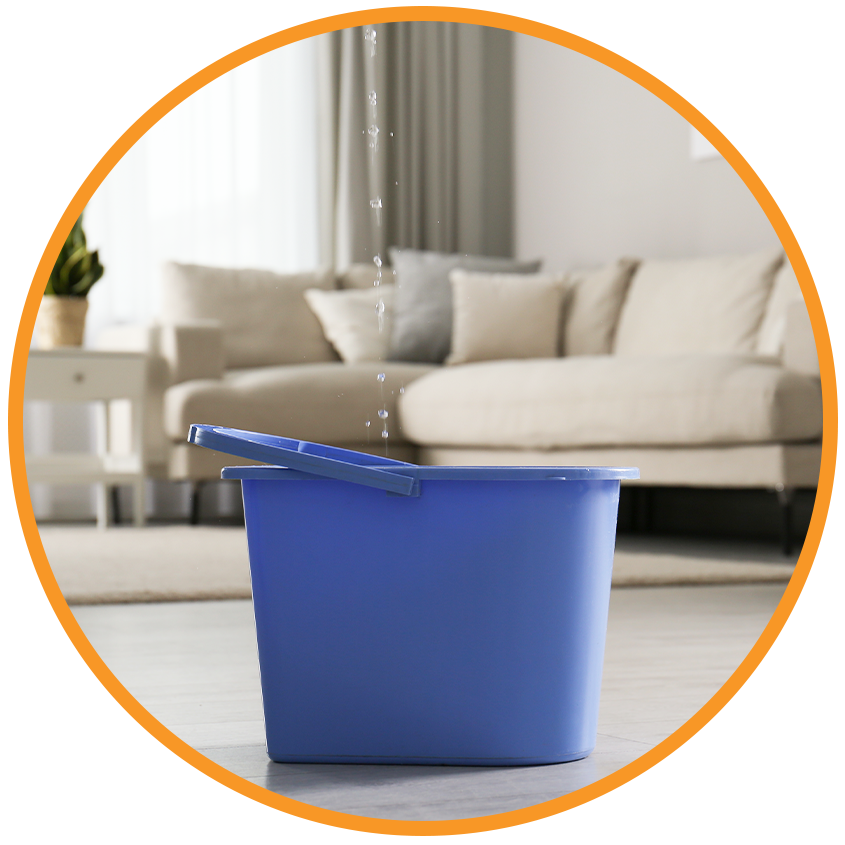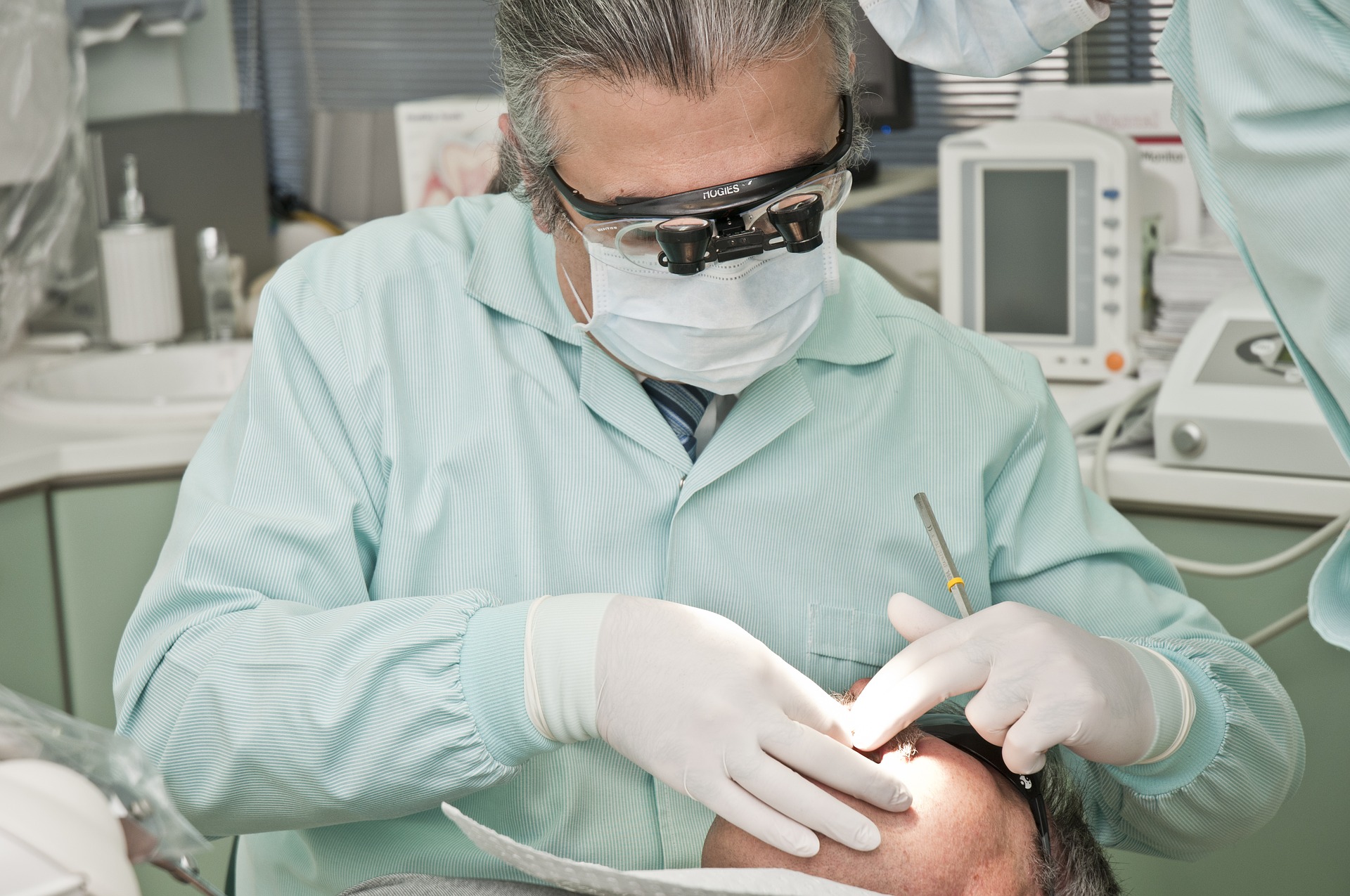Best BBL Houston: Sculpted Perfection with Cyr MD Cosmetic Surgery
When it comes to enhancing your curves and achieving a more defined silhouette, the Brazilian Butt Lift (BBL) remains one of the most popular cosmetic procedures available today. For those seeking the best BBL in Houston, Cyr MD Cosmetic Surgery stands out as a premier destination. Led by Dr. Steven Cyr, a dual fellowship-trained and double board-certified orthopedic and cosmetic surgeon, the clinic offers a unique and highly specialized approach to body contouring.
What Sets Cyr MD Apart
Dr. Cyr brings a level of expertise rarely seen in the field of cosmetic surgery. With his background in orthopedics and advanced training in aesthetics, he combines a deep understanding of human anatomy with an artistic eye for proportion and symmetry. This has led to the development of his signature OrthoSculpt technique—a proprietary liposculpture method that maximizes results and safety.
The OrthoSculpt method used in Cyr MD’s BBL procedures involves precise fat removal from areas like the abdomen, flanks, and lower back. This harvested fat is then carefully purified and transferred to the buttocks to create a rounder, lifted, and more youthful appearance. Unlike traditional techniques, Dr. Cyr’s method ensures a natural-looking result that enhances the entire body silhouette, not just the backside.
What to Expect from the Best BBL Houston Experience
Choosing the best BBL Houston means more than just selecting a skilled surgeon—it means receiving comprehensive care from consultation to recovery. At Cyr MD Cosmetic Surgery, every patient undergoes an in-depth consultation to assess their goals, medical history, and body type. Dr. Cyr creates a fully customized treatment plan, ensuring that the results are aligned with the patient’s expectations and physical structure.
Patients can expect the following from their BBL experience:
Fat Harvesting and Sculpting: Dr. Cyr strategically removes fat from targeted areas to slim and contour the torso.
Fat Transfer to the Buttocks: The purified fat is injected into specific regions of the buttocks to add volume and shape.
Minimized Downtime: Thanks to advanced surgical techniques, many patients recover quickly and comfortably.
Balanced Proportions: Rather than focusing solely on the buttocks, Dr. Cyr aims to enhance the entire midsection, creating a harmonious and fit appearance.
Real Results and Patient Satisfaction
One of the best ways to evaluate any cosmetic procedure is by reviewing before-and-after photos. At Cyr MD Cosmetic Surgery, the best BBL Houston transformations speak for themselves. Patients consistently report higher self-confidence, improved body proportions, and natural-looking results that complement their lifestyle and physical goals.
Dr. Cyr’s meticulous attention to detail and his dedication to patient care have earned him a reputation as a top BBL surgeon in Houston. His holistic approach—merging orthopedic precision with cosmetic artistry—ensures that each patient receives world-class results in a safe, professional environment.
Final Thoughts
If you’re considering a Brazilian Butt Lift and want to ensure beautiful, lasting results, it’s important to choose a surgeon who understands both the science and art of body contouring. Cyr MD Cosmetic Surgery offers just that, making it a top choice for anyone searching for the best BBL Houston has to offer. With Dr. Cyr’s expertise and personalized care, achieving your dream body is more attainable than ever. Visit https://cyrmdcosmeticsurgery.com/ for more details.












